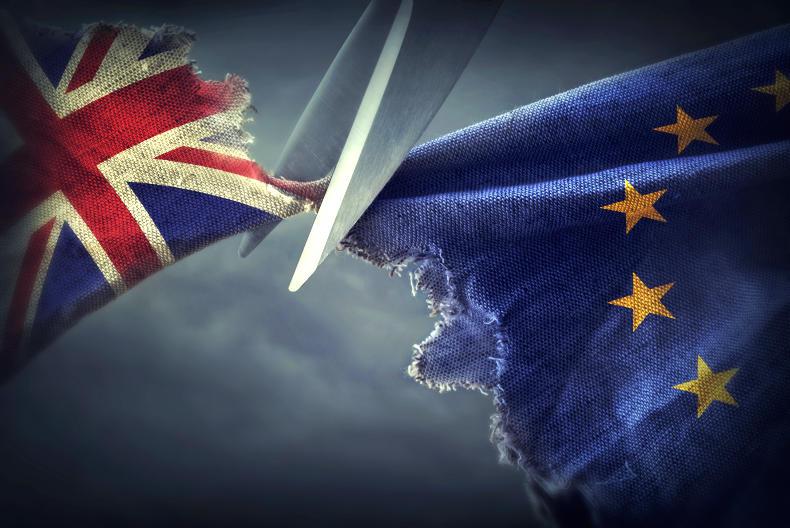Uncertainty has surrounded every aspect of Brexit since the vote last year, and the land market did not escape unscathed. UK buyers in Ireland are vital to ensure a buyout trade for land and have been ever-present in auction rooms throughout the years.
“The drop in the value of the sterling had a massive effect on UK buyers. They reduced straight away. Buyers that were coming in were looking for value for money in land but the way the pound had gone they weren’t getting it,” says Philip Guckian, manager at Sherry FitzGerald Country Homes, Farms and Estates.
However, it wasn’t just the uncertainty of the Irish market which stalled UK buyers. There were also opportunities on the domestic market, according to Philip.
“The domestic land market in the UK also suffered, land prices came back, due to the uncertainty surrounding Brexit, and properties outside of London that would have once been too expensive were now becoming an option for those looking to purchase.
“So, really, it made more sense to invest in the UK market, rather than purchasing over here.”
UK buyers
“Traditionally, the UK buyer would be a big player in the country homes market in Ireland. The uncertainty of Brexit just caused complete uncertainty and a complete lack of confidence in the market,” explains Philip.
“In the last couple of months, however, things have calmed down. The value of the sterling had gone back up and the Irish market had regained a bit of its value and is becoming a realistic option for investors again.”
It is not just border counties that suffered, according to Philip: “I don’t think the market had just slowed down around the border regions and midlands, it had slowed down right across the country. Traditionally, areas like west Cork and Kerry would get large interest from UK buyers and would be dependent on them.”
Going on his experience, Philip says that the UK buyers would generally show interest in properties from 30 acres and up.
The US buyers are also very important for the market, with the US market currently very strong.
“The connection the US has in general with Ireland makes them look towards our shores if they are thinking of investing in land. But, crucially, the market still has to provide value for money. There has to be a commercial side to it too, with the possibility of making a good return down the line important.”
Brexit
The UK’s vote to leave the EU last year led more to a reduction in activity than prices, according to Philip, but that has not been the case this year. “Activity has been very busy, from more enquiries to more viewings, it has been a busy year so far.”
The market is now seeing good recovery from the initial knock that the Brexit vote caused.
When buying land, oftentimes UK buyers will be keener on private-treaty sales, as opposed to public auction, as it gives potential investors more time to organise themselves and allows them a greater opportunity to gain access to finance.
Stable
“The price of land over the past four to five years has been more stable,” according to Philip.
“There have been no dramatic increases or decreases during this time. Maybe it is up a little this year and it could be down a little next year, but overall it is relatively stable.
“We are not seeing massive jumps on the value of land, there are only small fluctuations, which is a good thing. It leads to more realistic expectations from both the seller and the buyer.
“If you are working in a market that is climbing by six to seven percent each year, it can be difficult. If good-quality grazing ground is making around €10,000/acre and better-quality tillage ground is making €12,000/acre you are doing well, and the whole market is more stable.”
So far this year, Philip has noticed a bit of a split in the market. “The larger stuff, over 150 acres, is selling very well. Smaller lots of 20 to 30 acres are also selling well this year. But the stuff in the middle is difficult. A lot of farmers could afford €200,000 to €300,000 for land, but if you’re up above this is becomes very difficult.
“So far this year interest from dairy farmers has been quite strong, but it very much fluctuates depending on how the industry is going.”
Philip argues that the market is kicking back this year and that the main driver of farmer interest in land is confidence.
“When talking about getting farmers to invest, it is all about confidence. If farmers can have three or four good years, then they will have more confidence to buy land and will be more active in the market,” Philip concludes. CL






 This is a subscriber-only article
This is a subscriber-only article










SHARING OPTIONS: